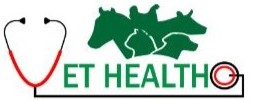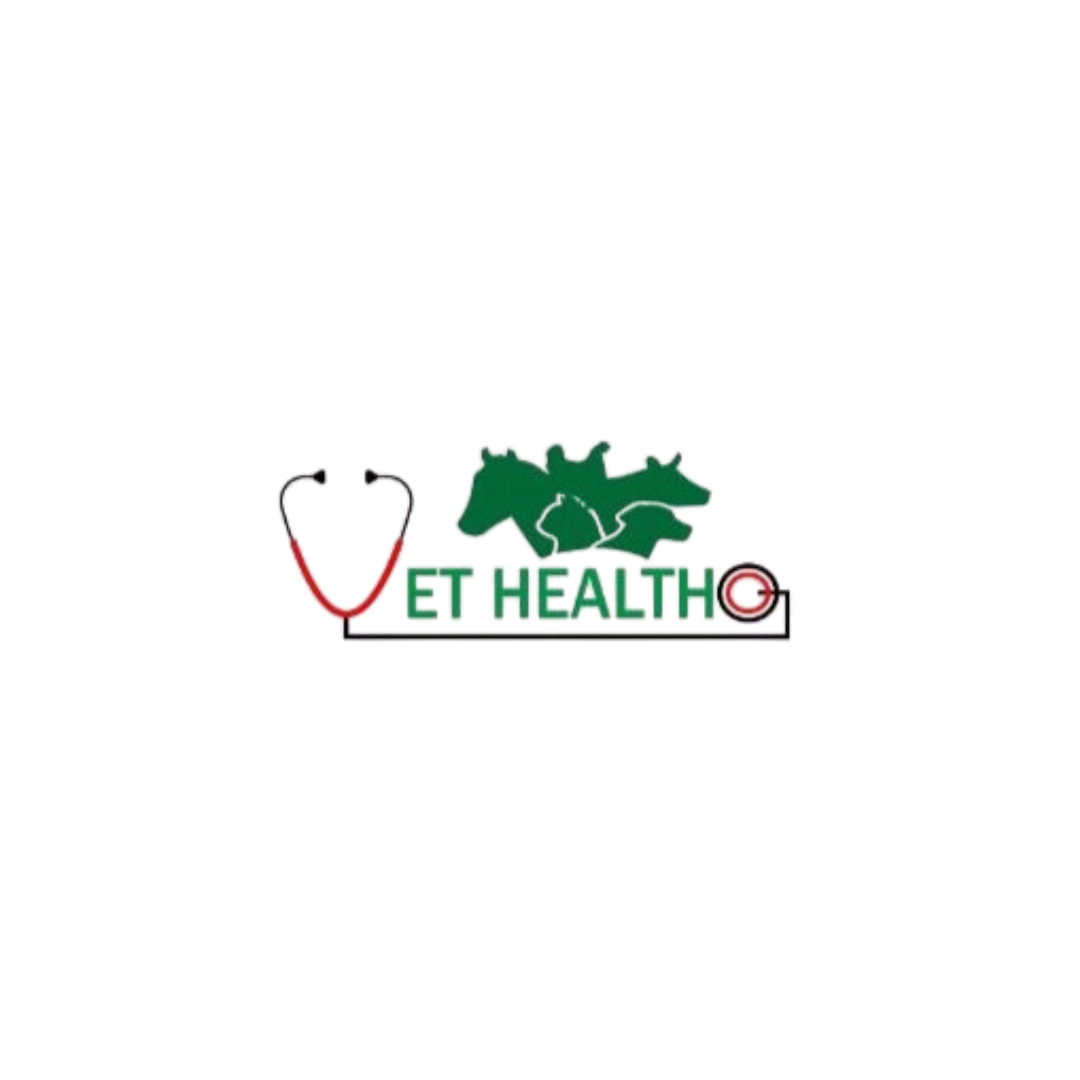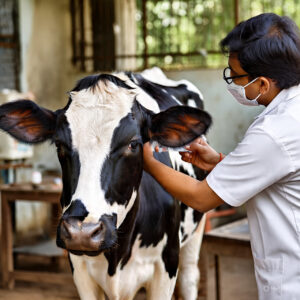Foot and Mouth Disease (FMD) is a highly contagious viral illness affecting cattle, goats, sheep, pigs, and other cloven-hoofed animals. In this article, we explain how to prevent and manage FMD outbreaks, recognize symptoms early, and protect your herd from long-term economic losses.
🐄 What is Foot and Mouth Disease?
Foot and Mouth Disease (FMD) is a severe, highly contagious viral disease that affects livestock such as cows, buffaloes, goats, and pigs. It causes fever, painful blisters on the mouth and feet, and a sharp decline in milk production. While it rarely kills animals, the disease spreads quickly and impacts productivity and trade.
🦠 Causes of FMD:
- Virus Transmission: FMD is caused by an Aphthovirus and spreads through saliva, milk, feces, and aerosols.
- Contaminated Equipment: Shared tools, clothing, and vehicles can transfer the virus.
- Animal Movement: Movement of infected animals or exposure to infected feed can cause outbreaks.
🧪 Symptoms to Watch For:
- Fever and loss of appetite
- Blisters in the mouth, tongue, and hooves
- Excessive salivation or drooling
- Lameness or reluctance to walk
- Reduced milk production
- Weakness or depression in infected animals
🛡️ Prevention Methods:
- Vaccination: Regular FMD vaccinations are essential to prevent outbreaks.
- Quarantine: Isolate new or sick animals to stop disease spread.
- Sanitation: Clean equipment, footwear, and vehicles regularly.
- Limit Movement: Avoid unnecessary animal transport during outbreaks.
- Disinfect Stables: Use proper disinfectants in barns and enclosures.
💊 Treatment Options:
- Supportive Care: No direct cure exists; provide fluids, rest, and pain relief.
- Blister Care: Wash affected areas with antiseptic solutions.
- Veterinary Guidance: Consult a vet for herd-wide management.
- Nutritional Support: Feed soft, easily digestible food during recovery.
✅ Conclusion:
Foot and Mouth Disease can damage herd productivity if not handled properly. Early detection, vaccination, and strict hygiene are your best defenses. Always involve a veterinarian when symptoms appear to reduce losses and ensure animal health.




